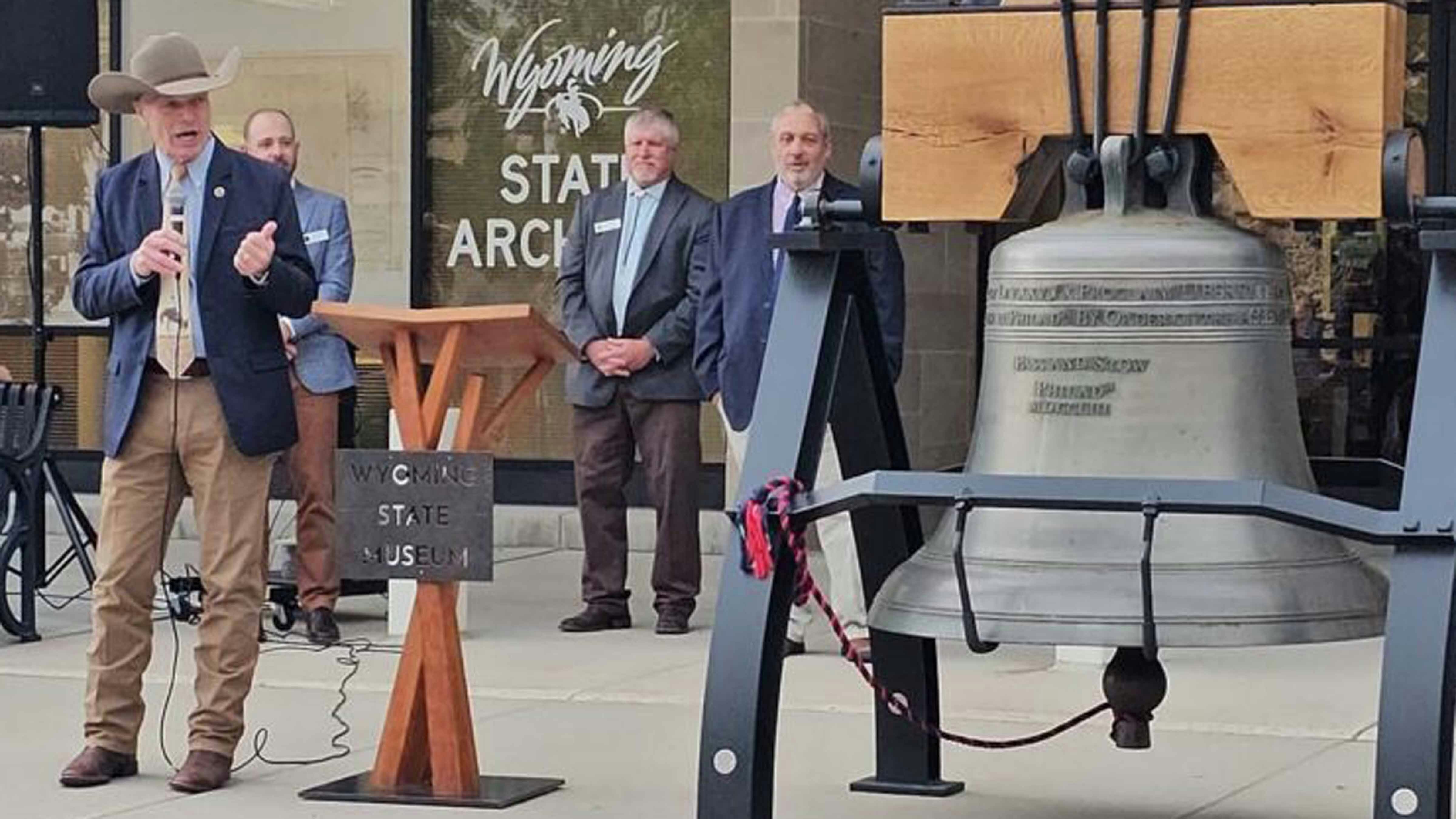By Renée Jean, Business and Tourism Reporter
renee@cowboystatedaily.com
The wealth divide in Teton County appears to be growing, according to an analysis by Jackson Town Council member Jonathan Schechter.
Schechter’s analysis shows average per capita income in 2021 of $318,297, a one-year, 44% jump of almost $100,000.
The next nearest county to Teton for per capita income is Pitkin County, Colorado, which is at $198,939. Pitkin is home to Aspen, famous for attracting the affluent and it skiing.
What It Means
The widening of Teton County’s wealth gap has implications for Teton County service workers who make considerably less than the average and cannot compete for housing against people willing and able to pay more.
Many service workers told Cowboy State Daily they share apartment spaces meant for one family with five or more people, or they are commuting considerable distances, sometimes as much as 100 miles.
Not A New Issue
These are not new issues for Teton County. It’s had the highest per capita income in the nation for a decade or more, Schechter said. Workers in Teton County also noted the community has been short of affordable housing for decades as well.
“The thing about this year’s number is twofold,” Schechter said. “Just how big the jump was between the estimate that they provided for 2020 and the estimate they provided for 2021. And then the second thing was the fact that we went over $300,000.
“We’re the only place in the country that’s ever been over 200. Now we’re the only place that’s ever been over 300.”
While these are eye-popping numbers, Schechter said the more important thing in his mind is the underlying dynamic.
“It just gives a sense of how much more money is pouring in here which, in turn, ripples out into the housing market, which in turn ripples out into the labor market,” he said. “It’s an accelerating pattern, and this is an indicator of that acceleration.
“But it isn’t changing the underlying dynamic. It’s just that COVID poured gasoline on a fire that was already burning.”
‘Gateway Drug’ For Wyoming
These troubling trends for Teton County are something Schechter believes the rest of the state should take note of.
“In the state Legislature and the governor’s office, I would be paying very close attention to Teton County’s issues, because as Wyoming grows and changes, the kinds of things they’re feeling are already being felt at a lesser level in other counties,” he told Cowboy State Daily. “They’re going to keep spreading because Jackson has sort of served as a gateway drug to the rest of Wyoming.”
Limited Supply
The wealth divide in Teton County also intersects with another relevant figure: the amount of land that’s publicly owned.
“We have the second highest percentage of public land in America,” Schechter said. “We have 97.3% of our land that’s publicly owned. There’s a county in Nevada that’s 97.7%.”
Supply of available land is limited, while demand to live in Teton County – with its beautiful mountains and amazing vistas complete with wildlife such as elk, wolves and bears – continues to grow.
It is the two trends combined that put more upward pressure on prices for housing.
Lack of affordable housing, meanwhile, is playing into an ongoing labor crunch that’s holding many businesses in Teton County back and constricting the full potential of economic development for the community at large.
Study: Each Affordable Home Requires $500,000 Subsidy
“It’s more profitable to build high-end housing, so we’ve got all these different forces aligning and making it harder and harder to have workforce housing here,” Schechter said.
A Wyoming Department of Workforce Services housing study last spring found the average subsidy per home for workforce housing needs to be in the range of $500,000, Schechter said. That’s half a million dollars for each affordable home.
Meanwhile, the tri-county region that includes Teton County in both Wyoming and in Idaho, as well as the northern part of Lincoln County, is short 5,000 affordable homes. That adds up to a deficit of $2.5 billion to address the region’s affordable housing shortage.
“These numbers are just insanely high,” Schechter said. “So, it’s just making it increasingly difficult to live here unless you’ve got tremendous sources of outside money like investments or you’re working remotely. And that’s having tremendously profound effects on our labor market, on our community character, and things like that.”
Schechter: Real Estate Transfer Fee Still Needed
Schechter is among advocates from Teton County for a real estate transfer fee. That would allow the county to capture some of the wealth that’s moved into the community for building affordable housing, as well as other needs Teton County’s growing communities face.
“The people who can afford to pay the most for housing are not the people selling T-shirts,” Schechter said.
That’s a reality Schechter doesn’t believe typical capitalist ideology can solve.
“If you get government out of the way, the market would solve housing problems,” Schechter said. “But that’s not true. It’s a philosophical belief, but it is not the data. The evidence proves otherwise.”
There’s just more money to be made building high-end homes, Schechter said.
“If you’re a developer, you’re not going to be building (lower-end) homes unless you’re getting subsidized,” he said. “That’s just basic economics, right? Because there’s more profit and less risk in building high-end. So you’re not going to do something where you’re going to take on additional risk and not make as much money. There’s nothing in it for you.”





